Searching in 2025 looks less like a list of blue links and more like a conversation with an expert. Google’s AI Mode is the clearest signal that search is shifting from returning isolated pages to synthesizing answers that are contextual, conversational, and multimodal.
For SEO professionals and digital marketers, this is not a curiosity. It is a structural change in how discovery, relevance, and traffic are earned. Answer Engine Optimization (AEO) plays a critical role here, ensuring your content is not just visible but also extractable and citable within AI-driven search results.
In this guide, we will unpack what Google AI Mode is, how it works, why it matters for SEO and AEO in 2025, and most importantly, what you should do about it today.
What is Google AI Mode?
Google AI Mode is Google’s enhanced, AI-powered search experience that goes beyond snippets and lists. Instead of simply showing a ranked set of links, AI Mode can produce synthesized answers, follow-up prompts, and multimodal responses (text, images, links, and in some cases audio or interactive elements) that summarize and extend web content into a single, conversational experience.
It is built on Google’s generative models (Gemini family) and is designed to allow users to ask complex, multi-part questions and receive more complete results in one place.
Why it matters: AI Mode changes the unit of value from “a ranked web page” to “a helpful, source-backed answer,” and that shifts how SEO must deliver value.
How Google AI Mode Works
At a high level, AI Mode combines several technologies and user experience features to deliver answers that feel intelligent and actionable:
1. Deep language understanding
AI Mode uses large language models to parse intent, disambiguate queries, and understand relationships between concepts rather than relying strictly on keyword matching. This is semantic search at scale: queries are interpreted for meaning and context, not simply terms.
2. Generative summarization and synthesis
Instead of returning several separate snippets, the model synthesizes content from multiple sources into a coherent answer, often with a short summary and “further reading” links.
3. Personalization and context
AI Mode can use signals from search history, location, device, and session context to personalize answers. This increases relevance but also means two users may see different synthesized responses for the same query.
4. Multimodality
When helpful, results can include images, embedded videos, audio (transcription or summaries), or interactive elements, not just text links.
5. Follow-ups and conversational flow
AI Mode supports follow-up questions, so users can refine or drill deeper without new queries. This increases dwell time and changes the path a user might take through content.
Also Read: How to Rank in ChatGPT Search Results?
The Evolution of SEO: Past to 2025
SEO did not emerge overnight. It evolved from directory listings to link-based ranking (PageRank), to content-quality and user-signal focused systems, to today’s AI-driven synthesis. Key milestones include:
- Early 2000s: Keyword and link-centric optimization.
- 2010s: Mobile-first, speed, and user experience signals; machine learning introduced via RankBrain.
- 2020–2023: E-A-T and user intent became dominant themes.
- 2024: Google introduced AI Overviews and Search Generative Experience experiments, the first clear move toward generative synthesis.
- 2025: AI Mode, a production-ready, multimodal, deeper reasoning system with wider rollout.
The trajectory has been steady. Google is learning to synthesize and reason across the web. SEO must evolve from optimizing single pages to optimizing for inclusion in AI-generated answers and for being a credible source in a synthesized response.
Also Read: How to do SEO for a New Website?
Impact of Google AI Mode on SEO in 2025
AI Mode affects every classic SEO pillar. Here is how:
Content quality and relevance
- Higher bar for helpful content: AI Mode rewards clear, well-structured, authoritative content that a model can reliably summarize and cite.
- Practical implication: Thin pages or loosely connected listicles are less likely to be used as sources in AI-generated answers.
Search intent optimization
- Intent-first approach: Understand layered intent (informational, transactional, comparative) and serve answers that satisfy the full intent, including follow-up needs.
- Practical implication: Create content flows that answer immediate questions and anticipate follow-ups.
Role of E-E-A-T (Experience, Expertise, Authoritativeness, Trustworthiness)
- E-E-A-T rises further: AI systems favor sources with clear expertise, transparent authorship, and trust signals such as citations, credentials, and case studies.
- Practical implication: Author bios, published credentials, citations, and clear sourcing matter more than ever. Google’s guidance for site owners explicitly covers how AI features view content quality.
Impact on backlinks and domain authority
- Backlinks remain valuable, but context matters: Links from authoritative, topical sources help models judge a source’s reliability for a topic.
- Practical implication: Pursue contextual, editorial links, and citations that make your content a dependable source for AI synthesis.
Rise of AI-driven keyword research and clustering
- Tooling change: AI-driven tools cluster topics by intent and semantic relationships (not only volume), producing topic maps that align with how AI Mode pulls information.
- Practical implication: Optimize topic clusters, supporting pages, and pillar content rather than isolated keywords.
Also Read: Google E-E-A-T Content Quality Checklist For Higher Rankings
Opportunities for Businesses
AI Mode is disruptive, but it also unlocks several advantages:
- Personalized discovery: Brands that serve clear, user-focused answers can appear in personalized recommendations and overviews.
- Voice and conversational search: As synthesized answers improve, voice search becomes more natural, which is valuable for local businesses and utility-driven queries.
- Higher conversion touchpoints: An AI-generated answer that cites your content can draw more qualified traffic and micro-conversions such as bookings and sign-ups.
- Real-time insights: AI Mode’s follow-up interactions reveal common user confusions and opportunity gaps that businesses can exploit for content development. Recent rollouts and language expansions show that Google is expanding AI Mode’s reach globally.
Also Read: How the August 2025 Spam Update Affects Website Ranking
Challenges and Risks for Marketers
No transformation is without trade-offs. Expect these headwinds:
- Reduced click-through for basic queries: If AI Mode fully answers the query with sourced content, users may not click through to pages as often.
- Over-reliance on third-party AI tools: Automated content generation alone will not pass quality and E-E-A-T checks. Thin AI-written content risks exclusion.
- Competitive visibility consolidation: Large authoritative sites may be cited more frequently, making it harder for small publishers to surface.
- Ethical and attribution concerns: Proper citation, copyright, and fair attribution become central when models synthesize across many sources.
- Measuring ROI becomes nuanced: Traditional metrics (rankings and clicks) need augmentation with engagement signals within AI surfaces and branded lift.
Actionable SEO Strategies for 2025
Here are practical, prioritized strategies to adapt and thrive in AI Mode.
1. Write people-first content optimized for AI
- Structure content in modular blocks (question, concise answer, expanded context, examples, sources).
- Use clear headings, summaries, and marked-up claims to make extraction easier for AI.
2. Leverage structured data and schema markup
- Use relevant schema such as Article, HowTo, FAQ, Product, and LocalBusiness so Google can reliably interpret facts and metadata.
- Add author, datePublished, publisher, and sameAs to boost trust signals. Google’s site-owner guidance explicitly suggests using schema to help AI features identify content.
3. Focus on multimedia optimization
- Provide captions, transcripts, and descriptive alt text for images and videos.
- Host short explainer videos and provide a clear transcript with timestamps and summarized takeaways.
4. Optimize for conversational and voice queries
- Create content that answers natural-language questions and their follow-ups.
- Build FAQ clusters that reflect how people speak, not only how they type.
5. Use AI SEO tools for predictive optimization
- Use tools to identify emerging intent clusters and content gaps, but always human-edit outputs for experience and authority.
- Use model-based testing to simulate follow-up queries and ensure content answers them.
6. Build brand authority and trust signals
- Publish author bios, case studies, client results, and transparent sourcing.
- Encourage citations through whitepapers, research, or unique datasets that are highly citable.
7. Maintain technical foundations
- Site speed, mobile user experience, crawlability, and HTTPS security still matter.
- AI Mode will likely exclude low-quality technical experiences from its source pool.
Also Read: Why You Need A Long-Term SEO Strategy?
Future Predictions: SEO Beyond 2025
We cannot predict the future with certainty, but we can responsibly project trends and prepare.
- Search as conversation will deepen: The line between search and assistant will blur. Brands will compete to be the trusted source within that conversation.
- New engagement metrics: Impressions, citation share, and answer engagement (follow-up clicks, conversions inside answers) will matter more than raw rankings.
- Data and proprietary research will be gold: Unique datasets and studies will be frequently cited by generative answers.
- Micro-formatting for extraction: SEO will include extractability, designing pages so models can reliably pull facts and quotes.
- Regulatory and attribution norms will evolve: Expect stronger guidance around how AI features attribute content and copyright considerations.
FAQs on Google AI Mode and SEO in 2025
1. What is Google AI Mode?
Google AI Mode is Google’s AI-powered search experience that synthesizes information from multiple sources to deliver conversational, personalized, and multimodal answers. It goes beyond traditional search results by summarizing content and suggesting follow-up queries.
2. How does Google AI Mode affect SEO strategies?
Google AI Mode affects SEO by prioritizing content quality, E-E-A-T signals, and intent-focused optimization. Marketers must structure content for extractability, use schema markup, and provide authoritative resources to increase the chances of being cited in AI-generated answers.
3. Will AI Mode reduce website traffic?
For basic queries, AI Mode may reduce click-through rates since answers are displayed directly in search results. However, businesses can still gain visibility, authority, and qualified traffic if their content is cited within AI summaries or linked as a source.
4. How can businesses optimize for Google AI Mode?
Businesses can optimize by creating people-first content, adding structured data, publishing multimedia with transcripts, and focusing on conversational search queries. Building authority through citations, case studies, and original data increases the likelihood of being included in AI responses.
5. Does E-E-A-T matter more in AI Mode?
Yes, E-E-A-T (Experience, Expertise, Authoritativeness, and Trustworthiness) is more important than ever. Google AI Mode favors reliable, transparent, and expert-backed content. Clear author bios, credentials, and credible sources increase visibility in AI-powered search answers.
6. What are the biggest risks of AI Mode for small businesses?
The main risks include reduced visibility compared to larger authoritative sites, over-reliance on AI-generated content that lacks quality, and difficulty competing for inclusion in AI summaries. Smaller businesses must focus on niche authority and highly relevant content.
7. What will SEO look like beyond 2025 with AI Mode?
SEO will continue to evolve toward conversational search, multimodal optimization, and extractable content formats. Brands will measure success not only by rankings but also by citation share, visibility within AI answers, and conversions from conversational interactions.
Conclusion
Google AI Mode is not simply another ranking change. It is a shift in how answers are constructed and how users consume information. That means SEO in 2025 is as much about being citable and extractable as it is about being discoverable.
Prioritize people-first content, clear structure, trust signals, and multimodal assets. Build authority with data and credible citations, and use AI tools as amplifiers, not shortcuts.
If you treat AI Mode as an opportunity to make your content truly useful, with concise summaries, transparent sourcing, and rich media, you will not only chase rankings. You will be recognized as the source that search engines and people rely on.
At 1Solutions, we help businesses adapt to changes like Google AI Mode with strategies designed for long-term visibility and authority.



















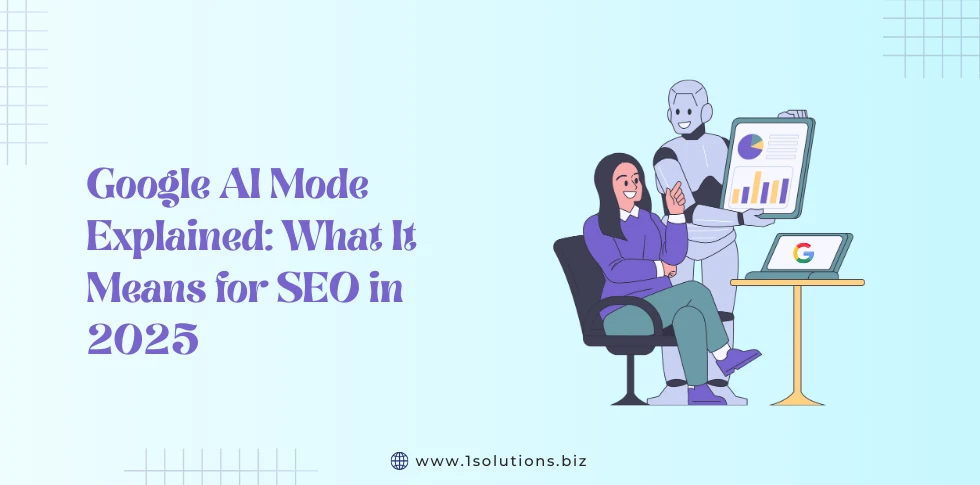
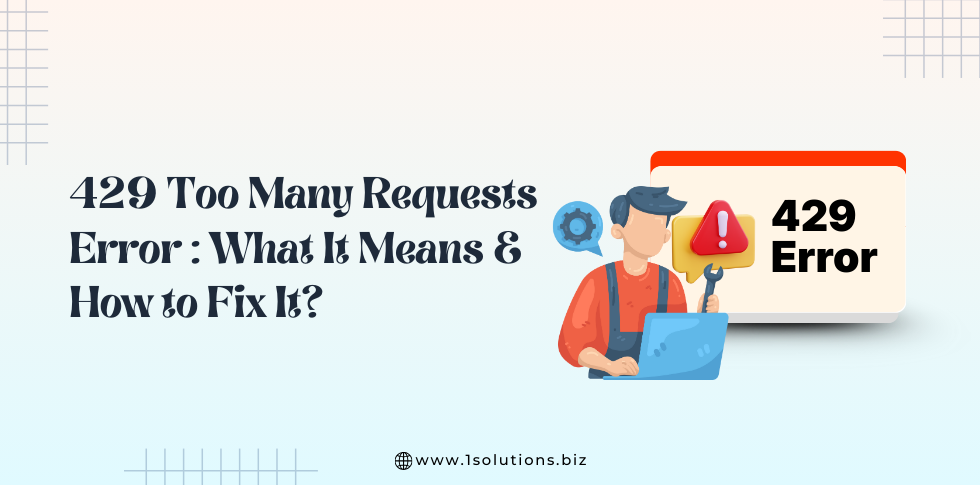
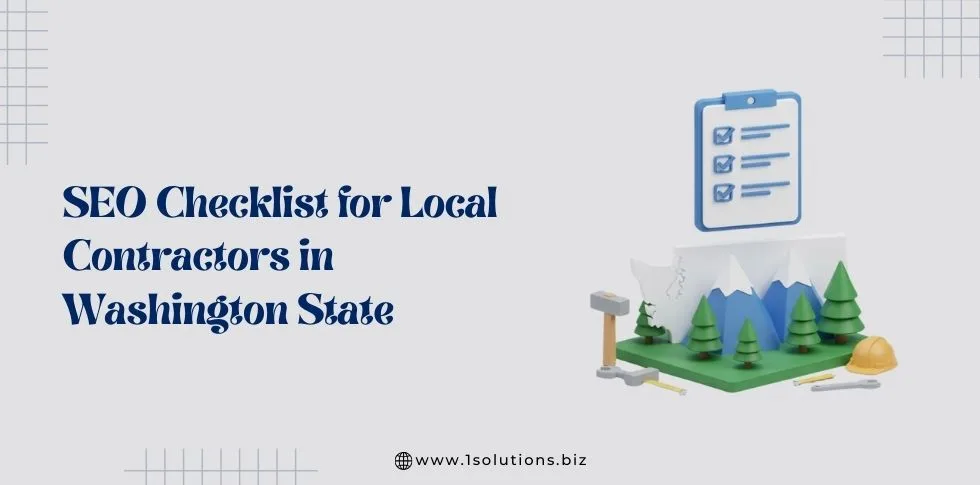
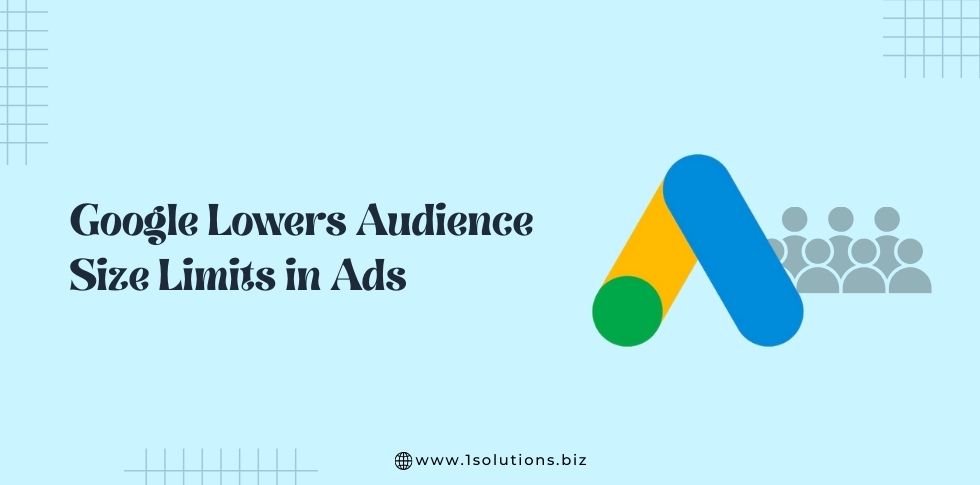

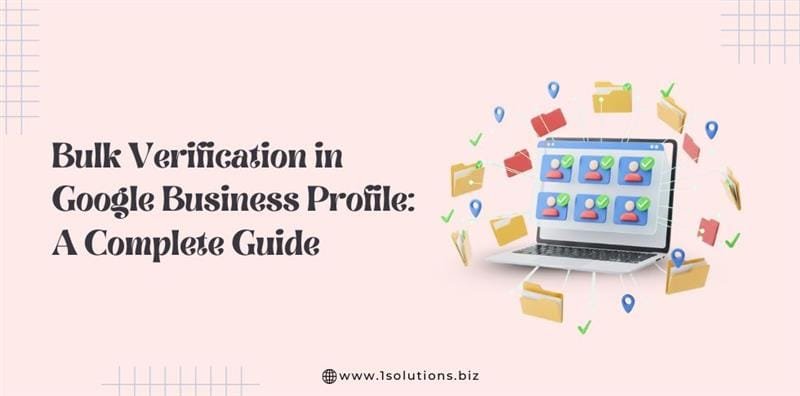
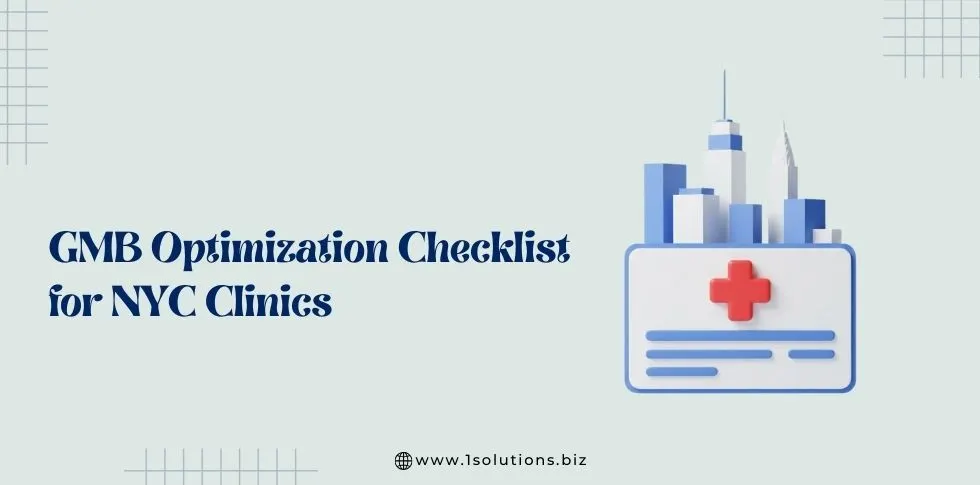
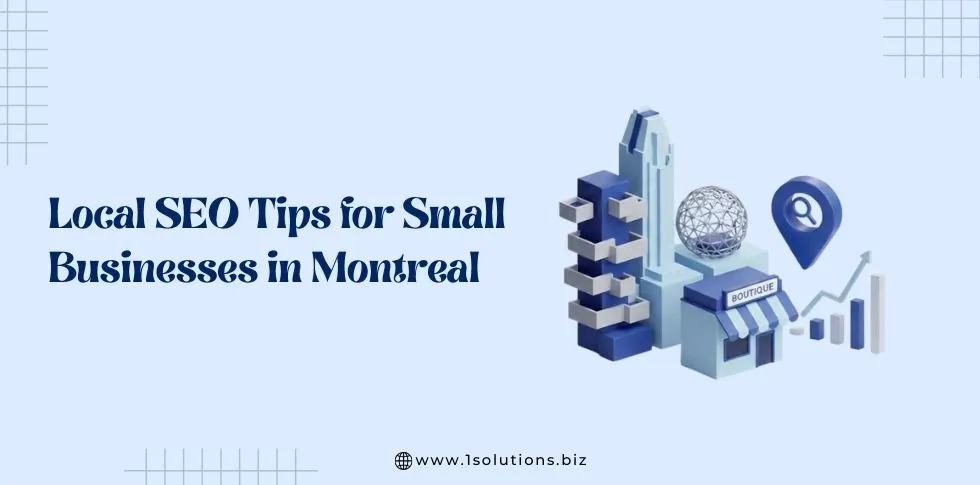
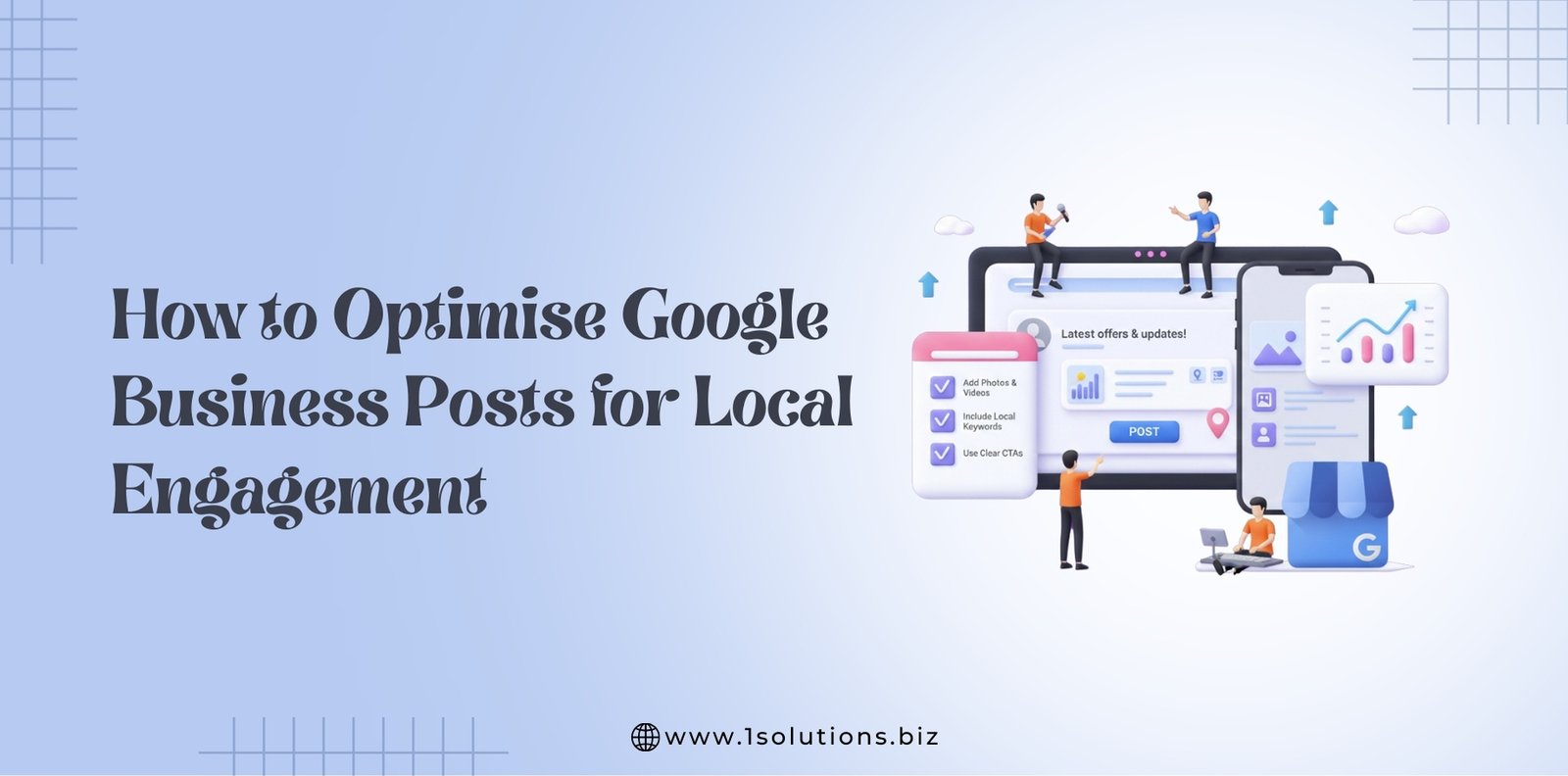




 in India
in India